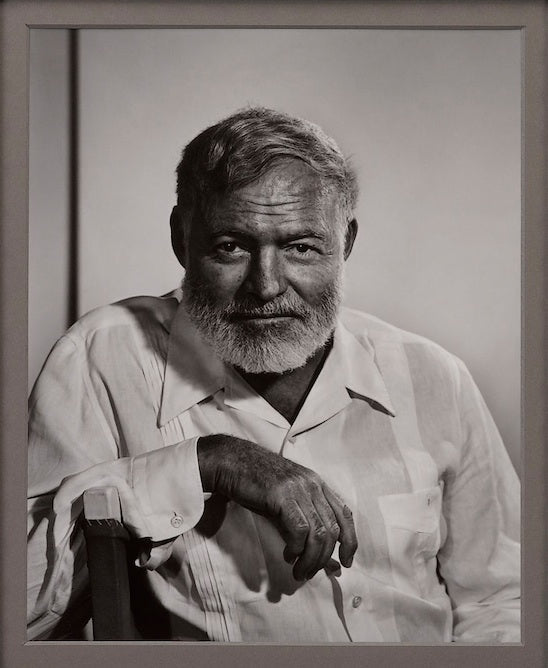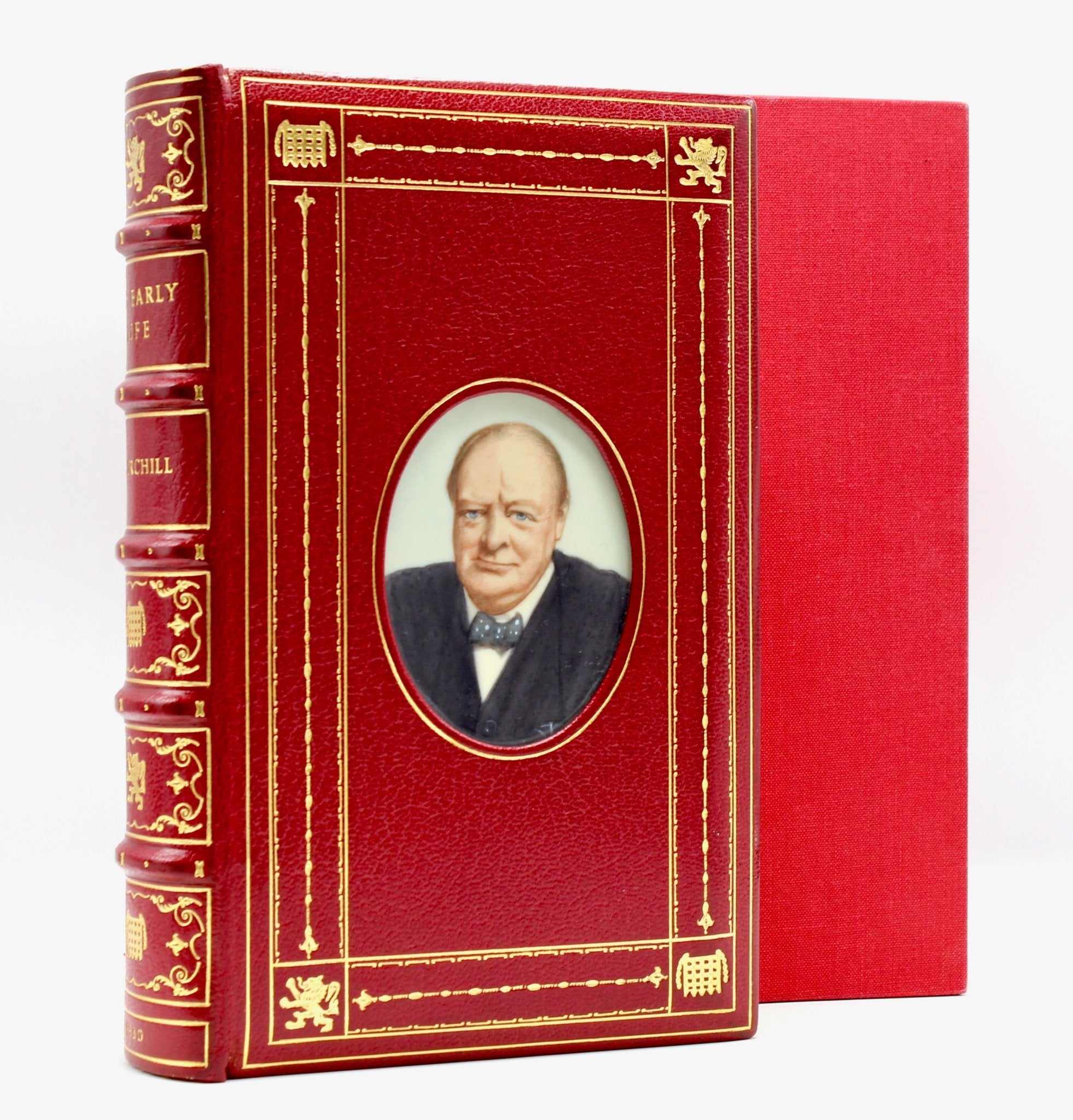Arthur Rackham's Masterful Silhouette Illustrations
A star of the Golden Age of British book illustration, Arthur Rackham’s illustrations of beloved classics, from Peter Pan in Kensington Gardens to A Christmas Carol, have enchanted generations of readers. Rackham (1867-1939) worked first as an insurance clerk, then as a journalist and illustrator, before he found his niche as an illustrator of fantasy tales and fables. He excelled at conjuring the ethereal, twisted, haunted and magical, all in his signature style of meticulous pen and ink work with delicate watercolor washes.
At the turn of the 20th century, Rackham was thriving in the lucrative Edwardian illustrated book market. This period saw the emergence of the picture book, in which the illustrations and the artist's vision were just as important as the text. No longer anonymous, artists were aided by technical advances in printing and a growing middle-class market for books. “The publication of ‘this year’s Rackham’ was a highly anticipated event in the build-up to Christmas, and a carefully timed exhibition of the original artwork for [Rackham’s] forthcoming book was held annually at the Leicester Galleries in London, to generate further excitement. Rackham’s publisher, William Heinemann, also pioneered a new strategy to cater to true devotees – releasing a beautifully printed and bound limited ‘edition de luxe,’ numbered and signed by Rackham himself, alongside the standard trade editions” (Folio Society).
But in the aftermath of World War I, the demand for lavish and expensive books was uncertain. Moreover, Rackham feared that his style of illustration was falling out of favor in the face of more modern artistic styles. In response, he decided that his 1919 retelling of Cinderella would be illustrated in silhouette, showcasing a new and unexpected style of his work, while simultaneously taking advantage of the lower costs of black and white printing.

Readers opening Rackham’s Cinderella in 1919 were greeted by a tipped-in color frontispiece, depicting the titular character in Rackham’s trademark style of ink and watercolor. Yet this is the only full-color image in the book; the rest of the tale is illustrated entirely with silhouettes. Drawing inspiration from the 18th century tradition of silhouette portraiture, Rackham pushed it to unprecedented limits, scattering small figures throughout the text, punctuating it with dynamic full-page scenes and dramatic double-page spreads, and even experimenting with negative silhouettes, enhanced with vivid watercolor.

Exploiting his mastery of outline, he was able to contrast the repugnant profiles of the step-sisters with Cinderella’s delicate features, capture the shock of a mouse as it morphs into a coachman, and the jubilance of dancers at the ball. The result is a magical blend of humor, realism and exaggeration that continues to surprise and delight.

Cinderella was an instant triumph, proving so successful that Rackham followed it up in 1920 with his second – and final – silhouette masterpiece, The Sleeping Beauty. As before, Rackham collaborated with his editor, C. S. Evans, to lengthen the story of Briar Rose, providing an opportunity for over fifty illustrations. Responding to the darker tone of the story, Rackham’s silhouette illustrations for The Sleeping Beauty are even more adventurous and experimental. Courtiers shush each other as they tiptoe across the title page, the text of a royal proclamation is stained with inky fingerprints, and complex double-page spreads show the whole castle in cross-section.
Through silhouette alone, readers experience a spiteful fairy bewitching an innocent baby, the enticing allure of a bewitched spindle, and the decaying corpses of unsuccessful rescuers tangled in brambles. Almost 100 years after it first appeared, The Sleeping Beauty remains one of the most distinctive visualizations of a fairytale ever created, and one of the crowning achievements of Rackham’s illustrious career.
We have both Cinderella and The Sleeping Beauty “Edition de Luxe” printings, numbered and signed by Rackham himself, and filled with his stunning silhouettes. Don’t miss out on your opportunity to own these beautiful illustrated gems.








